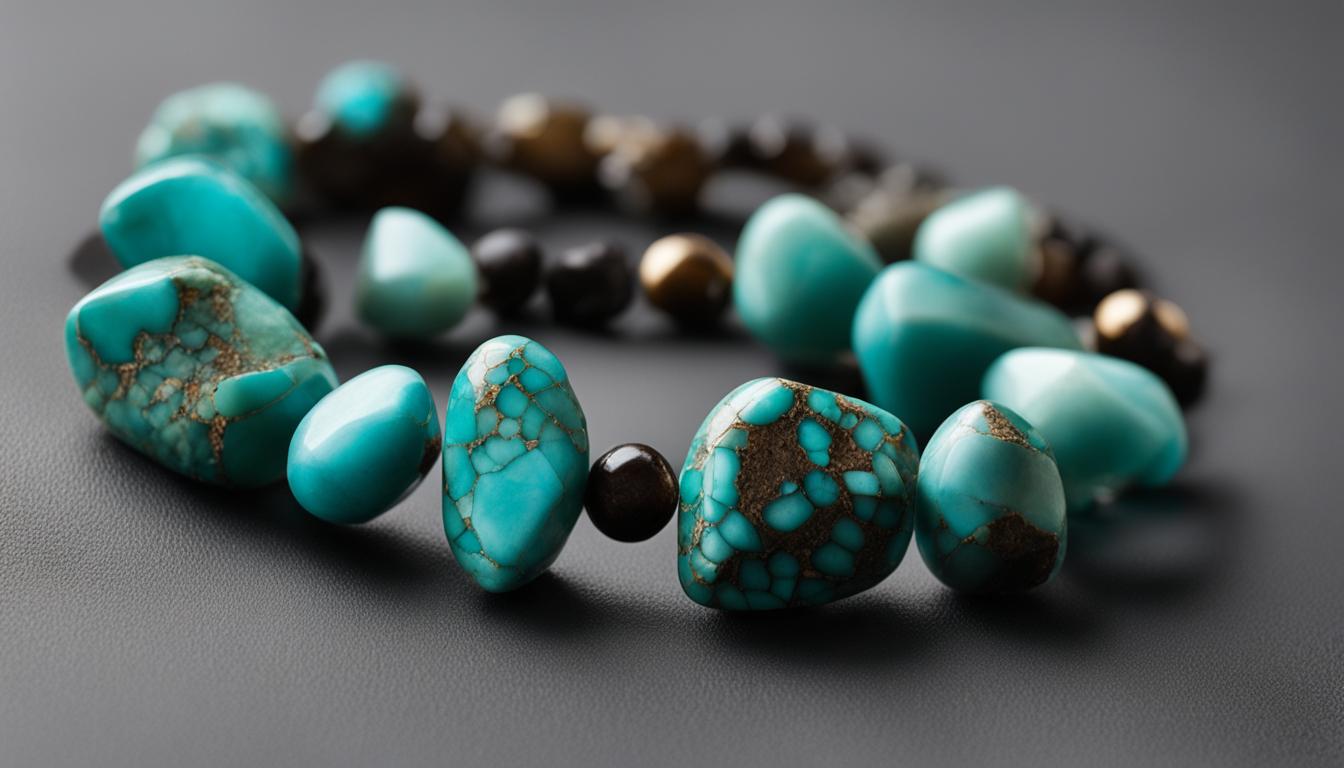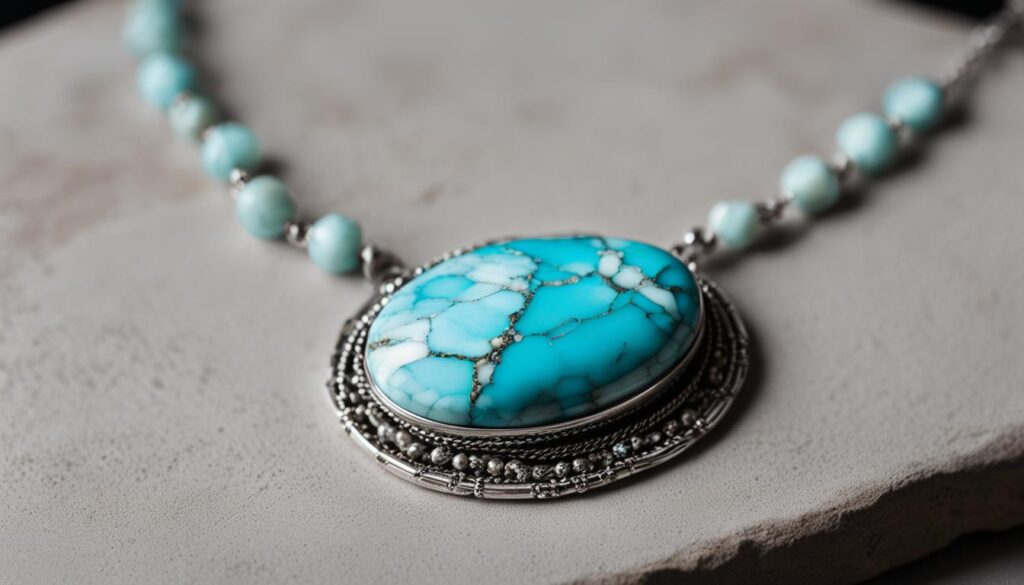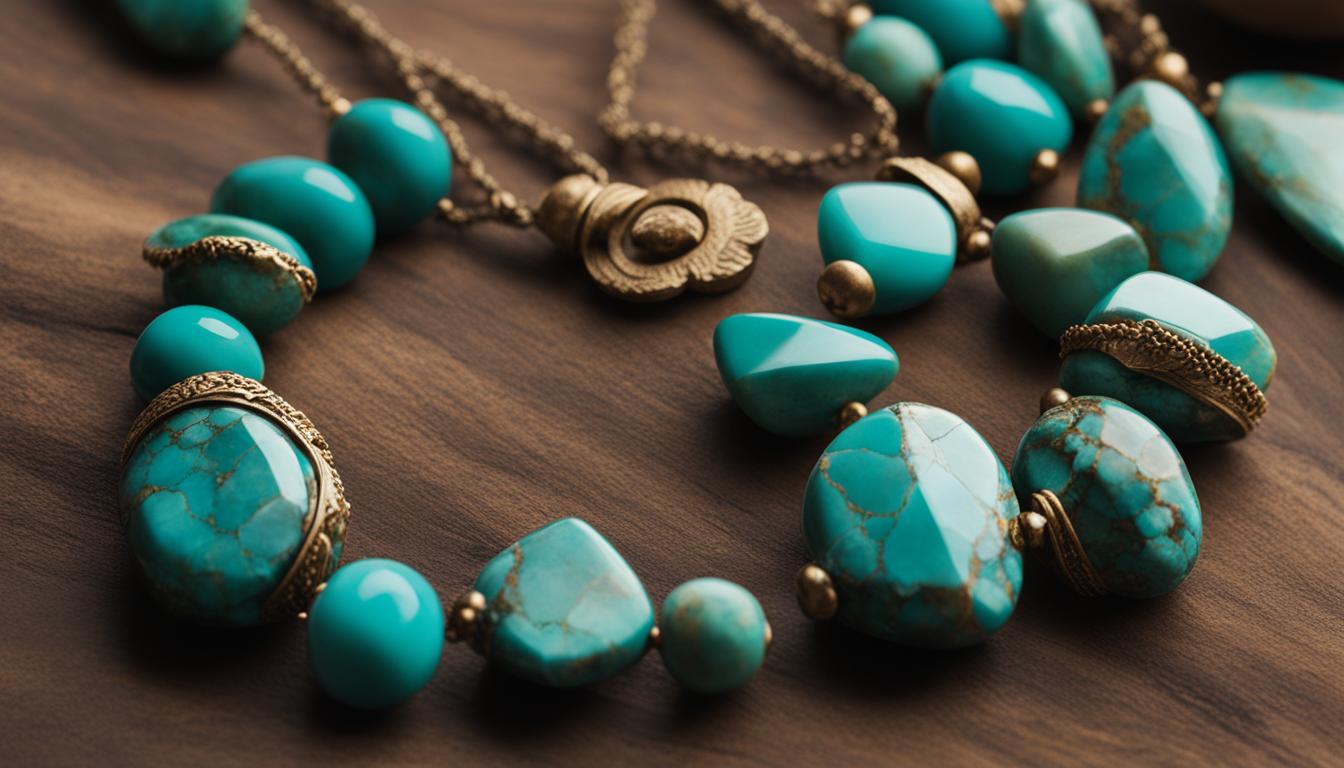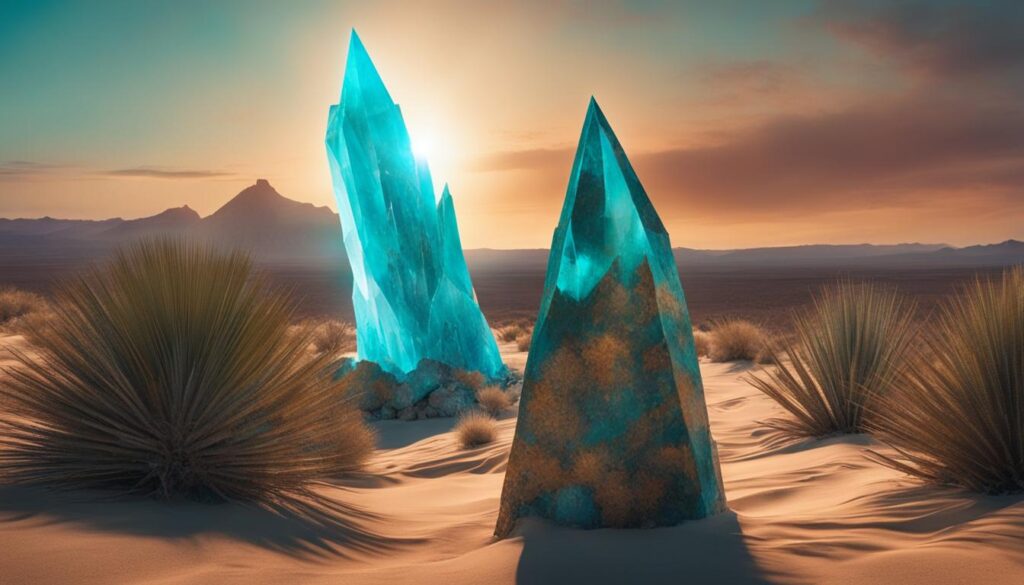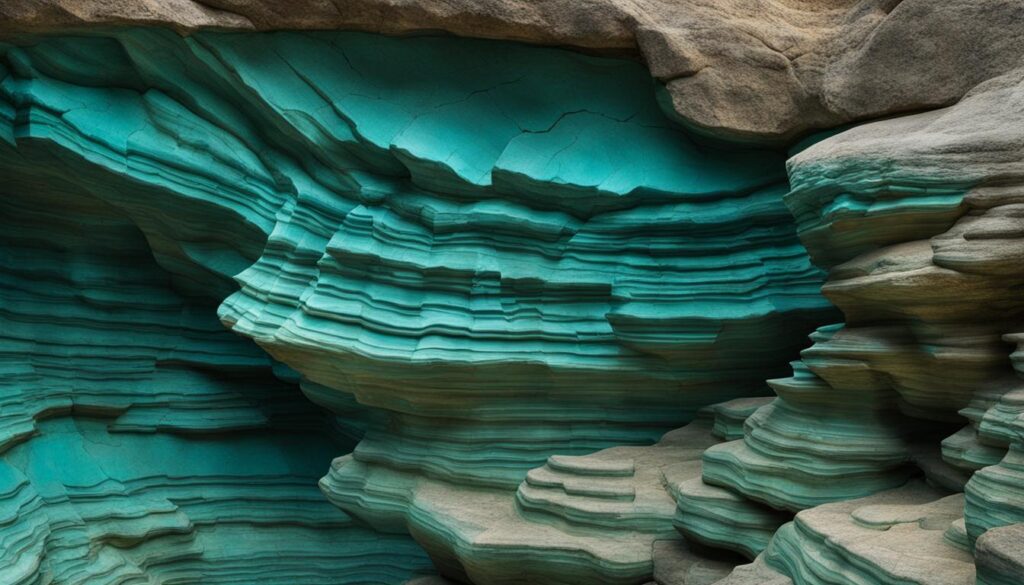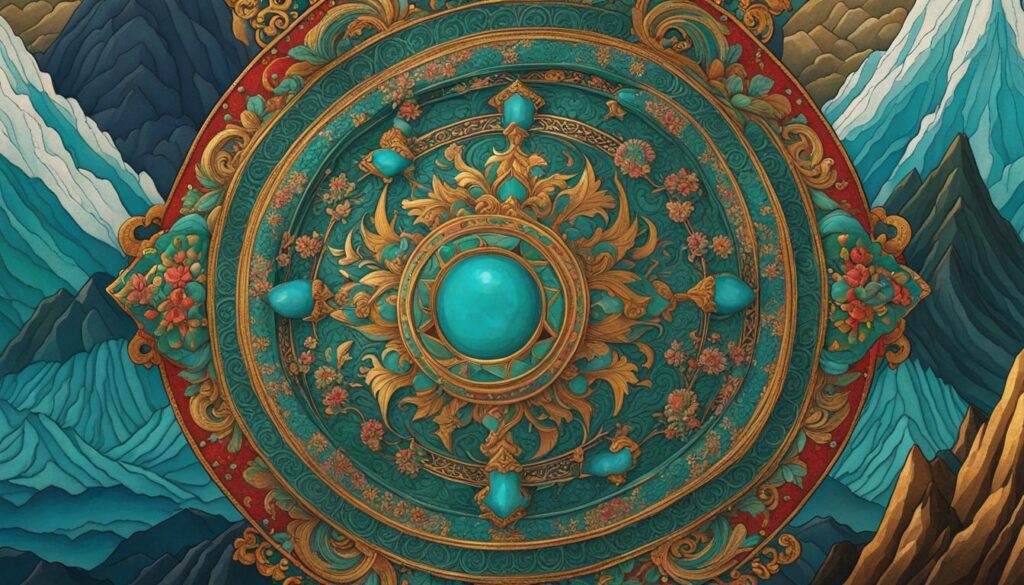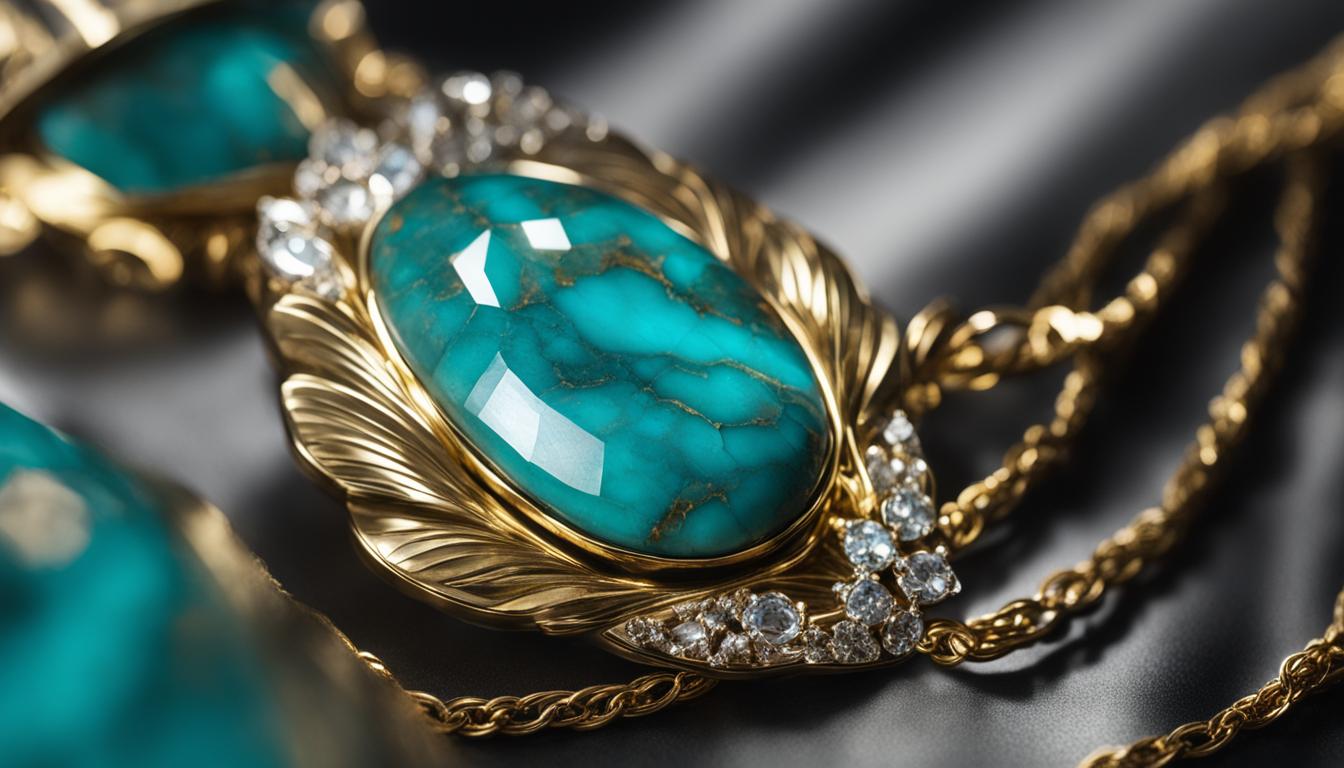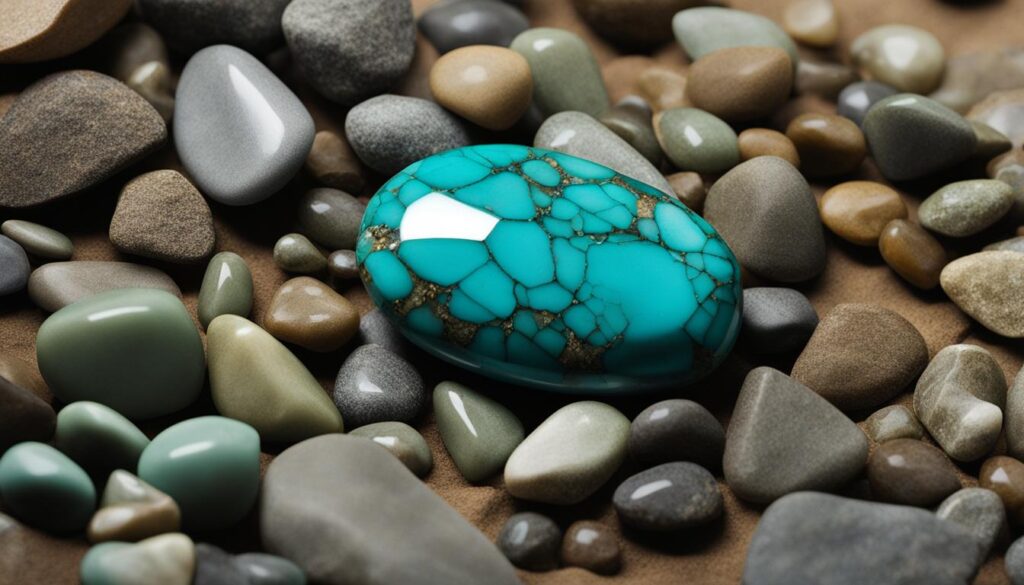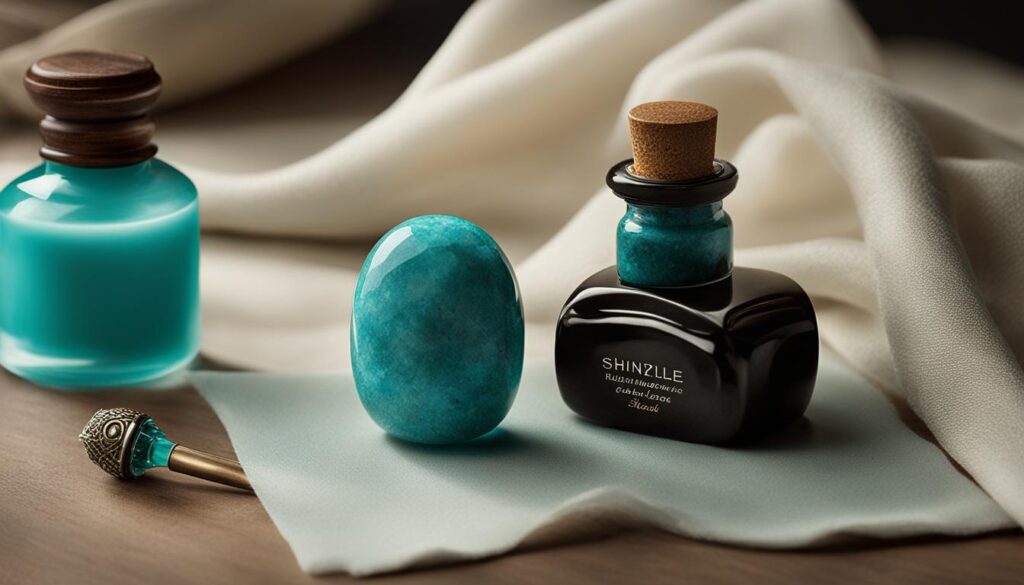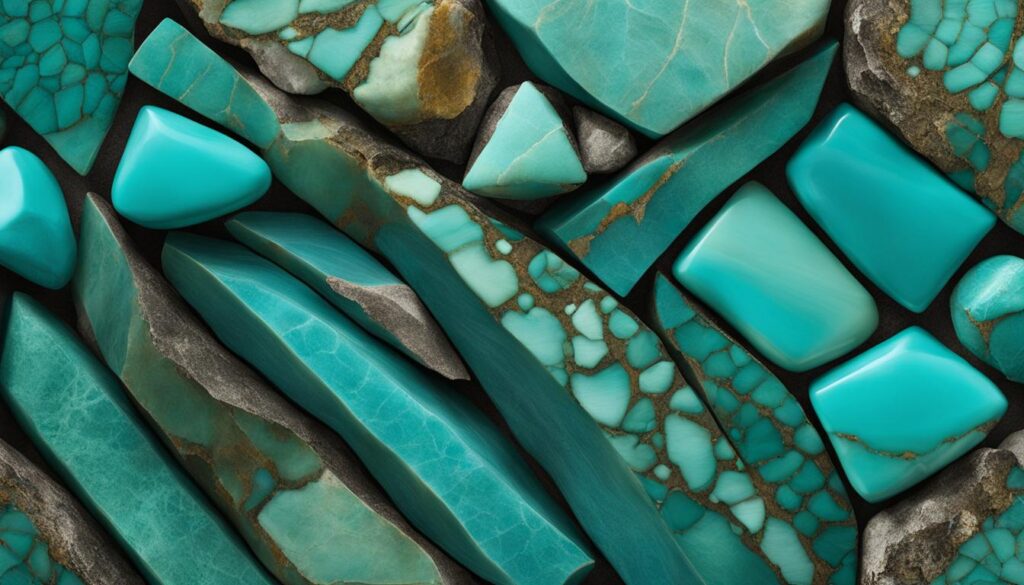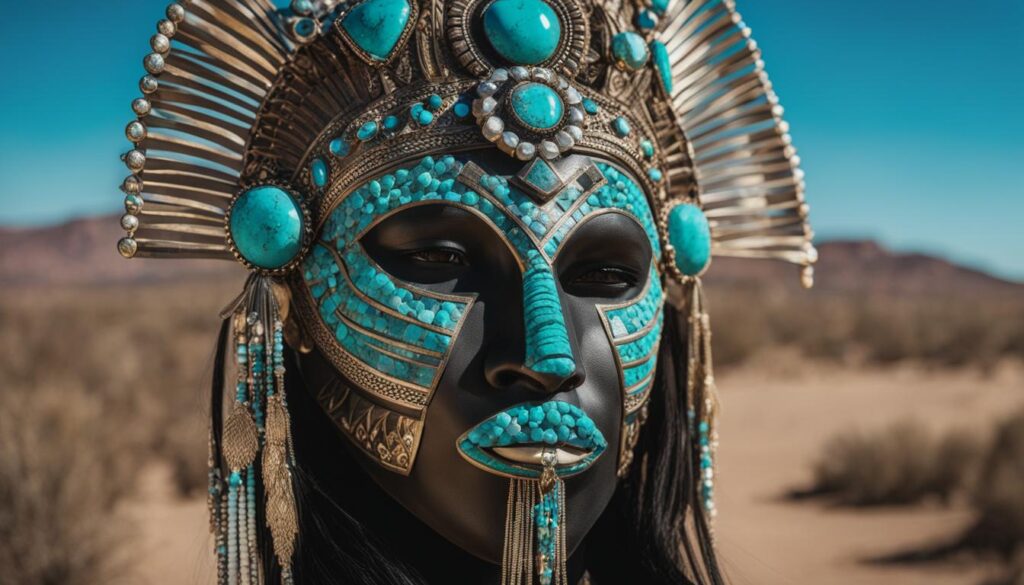The History of Tarot
The history of tarot can be traced back to the 15th century, originating in Europe as a card game. However, it wasn’t until the 18th century that tarot cards began to be used for divination and spiritual guidance. The tarot deck consists of 78 cards, divided into two main sections: the Major Arcana and the Minor Arcana. The Major Arcana consists of 22 cards that represent significant life events and spiritual lessons, while the Minor Arcana is comprised of 56 cards, similar to a regular deck of playing cards, and is focused on day-to-day events and experiences. Over the centuries, tarot has evolved and gained popularity as a tool for introspection, self-discovery, and guidance.
Understanding the Tarot Deck
The tarot deck is made up of 78 cards, each with its own meaning and symbolism. When first beginning to learn tarot, it can be overwhelming to try to memorize the meanings of all 78 cards. However, it’s important to understand that the tarot is a tool for intuition and self-reflection, and each card can have multiple layers of meaning. It’s important for beginners to take their time exploring and understanding each card, rather than rushing to memorize predefined meanings.
The Major Arcana cards are often seen as the “big picture” cards, representing major life events, spiritual lessons, and archetypal energies. These cards often carry a deeper, more significant message and can help guide us through major life transitions and decisions. The Minor Arcana cards, on the other hand, focus on day-to-day events, experiences, and emotions. They can provide insight into everyday challenges, opportunities, and relationships.
Using Tarot for Self-Reflection
One of the most powerful aspects of tarot is its ability to serve as a tool for self-reflection. The images and symbols on the cards can tap into our subconscious mind, revealing thoughts, feelings, and beliefs that may be hidden from our conscious awareness. When using tarot for self-reflection, it’s important to approach the cards with an open mind and a sense of curiosity. Rather than seeking concrete answers or predictions, use the tarot to explore the different aspects of yourself and your life.
To begin a self-reflection practice with tarot, start by finding a quiet and peaceful space where you can connect with your intuition. Shuffle the cards and ask a specific question or simply for guidance and insight into a particular area of your life. Pull one or more cards and spend time studying the imagery, symbolism, and the feelings that arise within you as you look at the cards. Then, consider how the cards relate to your question or area of focus. Trust your intuition and allow the cards to speak to you in their own unique way.
Interpreting Tarot Spreads
A tarot spread is a specific layout of tarot cards used for divinatory or introspective purposes. There are countless different tarot spreads, each with its unique focus and purpose. Some spreads are designed to provide insight into a specific question or situation, while others are more general and can provide a broader overview of various aspects of life.
When first learning to interpret tarot spreads, it can be helpful to start with simple spreads that focus on a specific question or aspect of life. The most common and straightforward spread is the three-card spread, which represents the past, present, and future. This spread can provide insight into the influences that have led to the current situation, the current circumstances, and the potential outcomes or paths ahead.
As you become more comfortable with tarot, you can explore more complex spreads, such as the Celtic Cross or the Relationship Spread. These spreads can provide deeper insight into complex situations, relationships, and life challenges. It’s important to remember that there is no right or wrong way to interpret a tarot spread. The interpretation of the cards is highly personal and subjective, so trust your intuition and allow the cards to guide you in understanding their messages.
As you embark on your journey to understand tarot, remember that the cards are a tool for self-discovery and introspection. Approach them with an open mind and a sense of curiosity, and let the imagery and symbolism speak to your intuition. With time and practice, you’ll develop a deeper understanding of tarot and its mysteries, and the cards will become a valuable companion on your spiritual journey.
The History of Tarot
While the exact origins of tarot are shrouded in mystery, it is believed that the practice of using tarot cards for divination dates back to the 15th century in Europe. The first documented tarot cards were created in the Italian city of Milan in the 1440s, and their use spread rapidly across the continent. The tarot deck originally consisted of only 22 cards, known as the Major Arcana, which represented significant life events and spiritual lessons. It wasn’t until the 18th century that the tarot deck was expanded to include the Minor Arcana, which is more similar to a standard playing card deck and represents everyday events and experiences. Today, tarot has evolved into a popular tool for self-discovery, spiritual guidance, and personal growth.
Understanding the Deck
One of the most important aspects of learning tarot is understanding the structure and symbolism of the tarot deck. The traditional tarot deck consists of 78 cards, divided into the Major Arcana and the Minor Arcana. The Major Arcana cards represent significant life events and spiritual lessons, while the Minor Arcana cards are divided into four suits (Wands, Cups, Swords, and Pentacles) and represent everyday experiences and challenges. Each card in the deck contains its own unique symbolism and meaning, which can vary depending on the individual reader and the context of the reading. By familiarizing yourself with the imagery and symbolism of the tarot deck, you can gain a deeper understanding of the messages and insights revealed in a tarot reading.
Interpreting the Cards
Interpreting the cards is a crucial skill for any tarot reader, and it requires a combination of intuition, knowledge of the cards, and an understanding of the context of the reading. Each card in the tarot deck has its own distinct meaning, which can be influenced by its position in the spread, the cards surrounding it, and the specific question or intention of the reading. While there are traditional interpretations for each card, it’s important to remember that tarot is a deeply personal and intuitive practice. As you become more familiar with the cards and their meanings, you’ll develop your own unique interpretation style that resonates with you and your clients. Trusting your intuition and allowing the cards to speak to you is an essential part of the tarot reading process.
The Ethics of Tarot Reading
When it comes to practicing tarot, it’s important to approach the practice with a sense of responsibility and ethical consideration. As a tarot reader, you have a duty to respect the privacy and well-being of your clients and to provide readings that are empowering and supportive. It’s important to obtain informed consent from your clients before conducting a reading, and to uphold their confidentiality and trust throughout the process. Additionally, it’s crucial to avoid making predictive or fear-based statements in your readings, as this can disempower your clients and create unnecessary anxiety. Instead, focus on offering guidance and insight that encourages personal growth and self-reflection. By conducting your readings with integrity and compassion, you can create a safe and nurturing space for your clients to explore their inner mysteries and uncover the wisdom within.
The Major Arcana
The Major Arcana cards are often seen as the most important and powerful cards in a Tarot deck. They represent significant life events and spiritual lessons, and can provide deep insight into the querent’s journey. Each card in the Major Arcana is rich with symbolism and meaning, and can offer guidance and perspective on important life decisions. The Fool, The Magician, The High Priestess, The Empress, The Emperor, and The Hierophant are just a few of the powerful cards in this category, and each has its own unique message to deliver. As a beginner, it is important to spend time studying and meditating on these cards in order to unlock their full potential.
The Minor Arcana
The Minor Arcana cards are often associated with everyday events and lesser life lessons. This part of the Tarot deck is divided into four suits — Cups, Swords, Wands, and Pentacles — each representing different aspects of life and human experience. The Cups suit is linked to emotions, relationships, and creativity; the Swords suit is associated with intellect, conflict, and communication; the Wands suit is connected to action, creativity, and passion; and the Pentacles suit represents material wealth, career, and physical health. Each suit consists of cards numbered Ace to Ten, and four court cards — Page, Knight, Queen, and King. Understanding the meanings and symbolism behind each of these cards is essential for interpreting the Minor Arcana in a Tarot reading.
Interpreting the Cards
Interpreting Tarot cards can be a deeply personal and intuitive process, and there are many different methods and approaches to consider. As a beginner, it is important to familiarize yourself with basic interpretations of each card, but also to trust your intuition and personal connection to the cards. Some readers may rely on traditional meanings and symbolism, while others may engage in meditation, visualization, or other spiritual practices to unlock the deeper messages of the cards. It is also important to consider the context of the reading, the specific questions or issues at hand, and the surrounding cards when interpreting the Tarot. Ultimately, the meaning of each card and the overall message of the reading will depend on the unique insights and experiences of the reader.
Ethical Considerations
As a Tarot reader, it is important to approach the practice with a strong sense of ethics and responsibility. Tarot readings can be a powerful tool for personal growth and insight, but it is crucial to respect the privacy and emotions of the querent. It is important to create a safe and non-judgmental space for the reading, and to ensure that the querent feels comfortable and supported throughout the process. It is also important to be mindful of the potential impact of the reading, and to approach the practice with empathy and compassion. Additionally, it is important to engage in ongoing self-reflection and learning as a Tarot reader, and to seek guidance and support from experienced practitioners when necessary.
Conclusion
In conclusion, Tarot is a rich and complex practice that offers profound insights and guidance for those who seek it. As a beginner, it is important to approach the Tarot with an open mind and a willingness to learn and grow. By familiarizing yourself with the Major and Minor Arcana, exploring different methods of interpretation, and approaching the practice with a strong sense of ethics, you can develop a deep and meaningful connection to the Tarot. Whether you are using the Tarot for personal insight or to offer guidance to others, it is a powerful tool for self-discovery, empowerment, and spiritual growth. By continuing to study and practice, you can unlock the mysteries of the Tarot and tap into its profound wisdom and guidance.
